Our last stop on this trip was the ancient city of Jerash, in northern Jordan. Here’s ChatGPT’s summary of its history:
🏛️ Jerash: The Rome of the East
Just north of Amman sits Jerash, one of the best-preserved Roman cities in the world — often called the Pompeii of the Middle East. Walking its colonnaded streets, you can still see the outlines of temples, theaters, baths, and markets almost exactly as they stood 2,000 years ago.
Once part of the Decapolis — a league of ten Roman cities — Jerash thrived on trade and agriculture, blending Greco-Roman architecture with local Arab and Nabataean influences. The city was buried for centuries under sand and soil, which helped preserve it until its rediscovery in the 1800s.
Today it stands as an extraordinary reminder that empire, artistry, and ambition once reached this far into the desert — proof that the drive to build and create isn’t new. It’s been in us all along.
Here’s what happened:
- After a major earthquake in 749 AD, Jerash was largely abandoned.
- Over centuries, wind-blown sand and silt slowly buried the ruins, protecting them from weathering and looting.
- When 19th-century explorers began digging, they found whole Roman streets, plazas, temples, and theaters almost intact — columns still upright, mosaics still visible, even wheel ruts in the stone roads.
So, like Pompeii, Jerash gives you the eerie feeling that you’ve stepped straight back into antiquity — a functioning Roman city frozen in time, just without the ash.
I first visited Jerash way back in my youth, and then again about 12 years ago. Returning now, I could hardly recognize it. So much more has been excavated, and the town around it has grown dramatically.
It amazes me to think that Greeks and Romans were once here and made this part of their empire — a long, hard journey for them to reach this place. But that’s what they did. And eventually, as with all empires, they grew too large, became unmanageable, and fell. The way of empires, I suppose.
This trip has been incredible. Standing among all these ancient sites and stories reminds me again that while technology changes, people do not. The same ambition, creativity, and frailty run through every era. In the time of the Egyptians, Greeks, and Romans, they were the height of human civilization — just as we believe ourselves to be now.
So maybe it’s worth remembering that thousands of years from now, new civilizations will look back at our age — at our cities, our technologies, our politics — and will likely see us as backward and rudimentary as we see the ancients.
Hmmm…
Heading back to reality tomorrow. Excited for what comes next.
For one thing, I know Jim Kelly will be in Erie to join us for the unveiling of our beautiful Joe Moore Award mural, and then will be speaking at the Jefferson Society Global Summit where I will have the honor of introducing him. A true legend!
Onward!
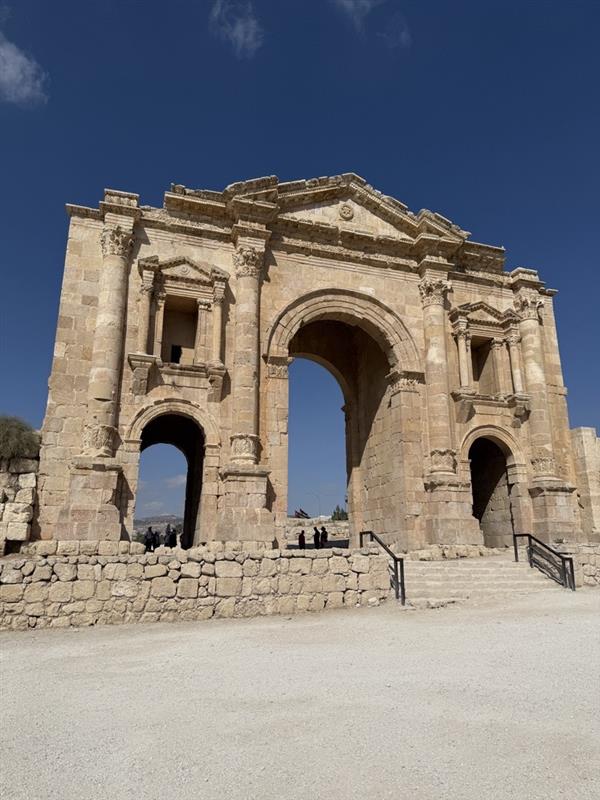
Hadrian’s Gate: Not bad for over 2,000 years old and several major earthquakes 🙂
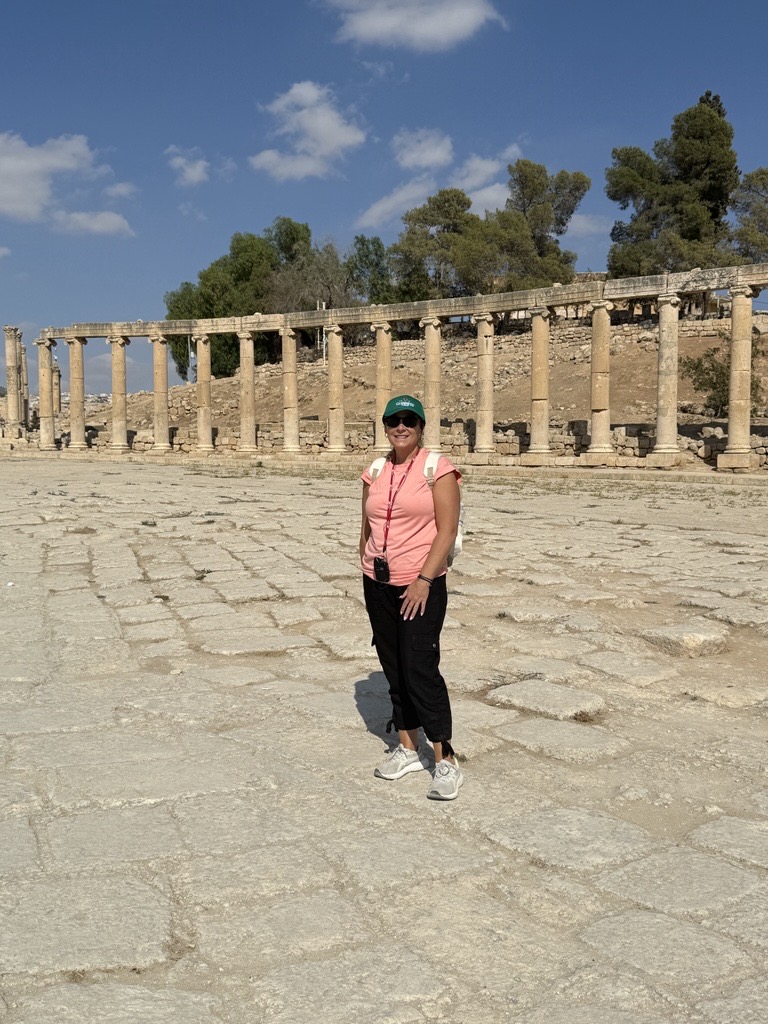
This was the ancient Forum. The town square where people gathered to discuss (what else?) politics, sports, religion etc.
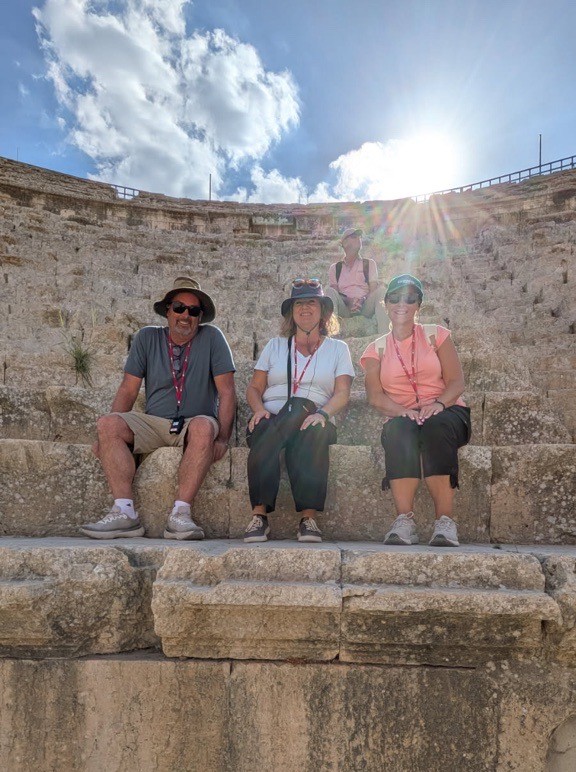
Hallie and some friends in the amphitheater. Seated 3,000 people. And (no kidding, swear to God) the seats were all numbered. And box seats cost more. Upper level were cheap. The more things change…right? 😆
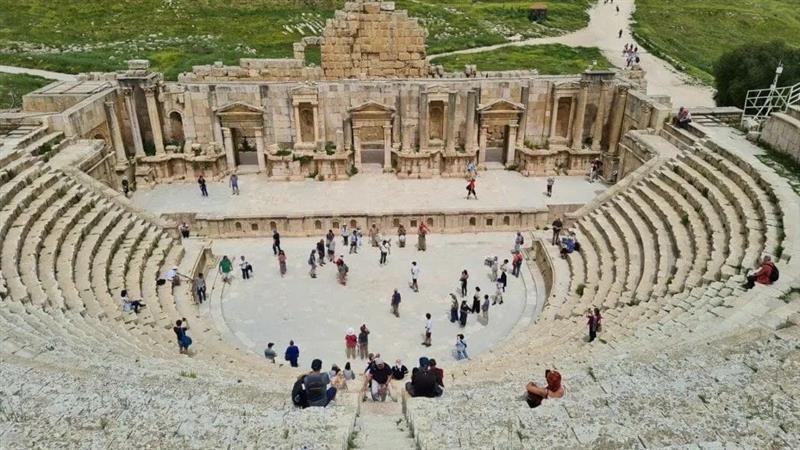
Here’s a better view of the theater
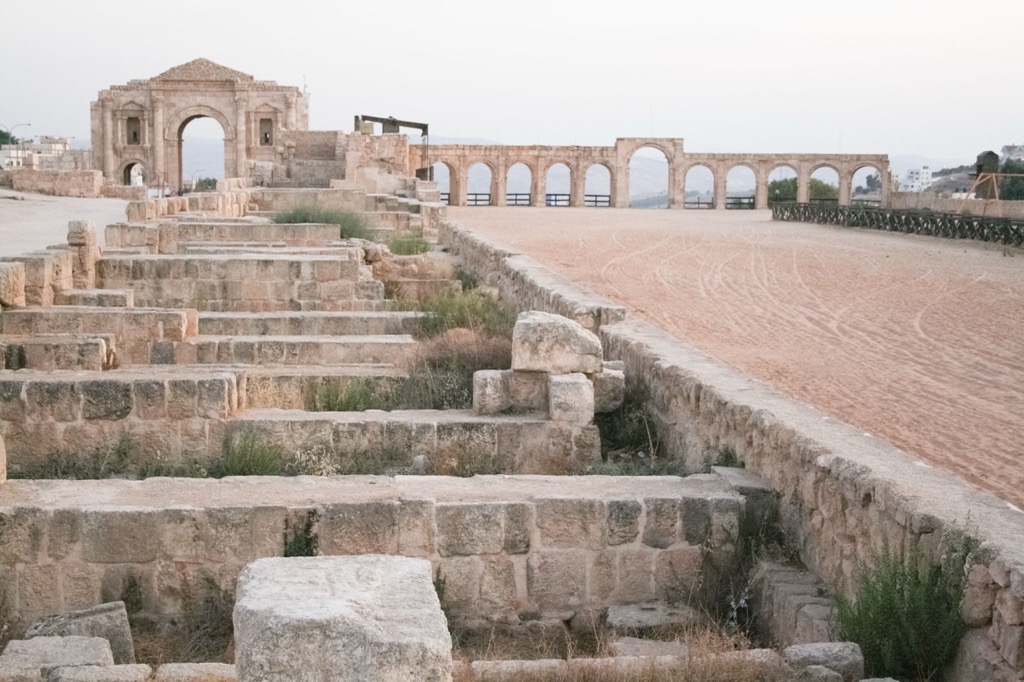
This is the hippodrome where the chariot races were held. Probably the size of 4 football fields in one. And again, cheap seats and luxury boxes both.
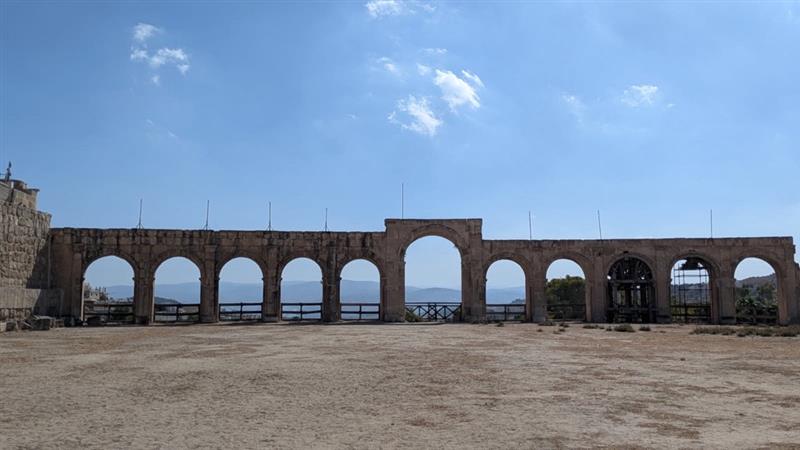
One end of the Hippodrome. The horses and chariots each lined up in one of those slots to start their race.
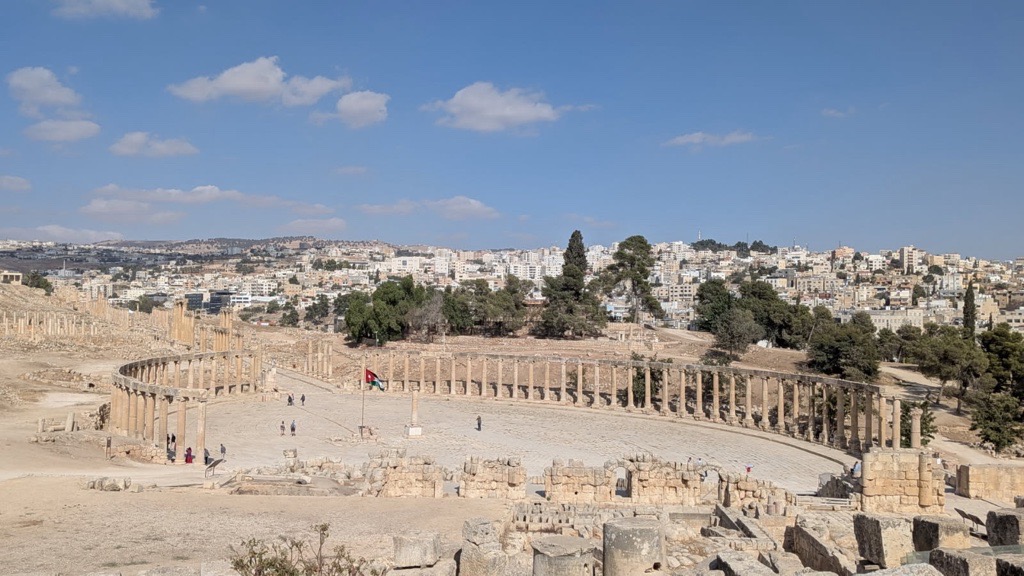
The Agora or town square
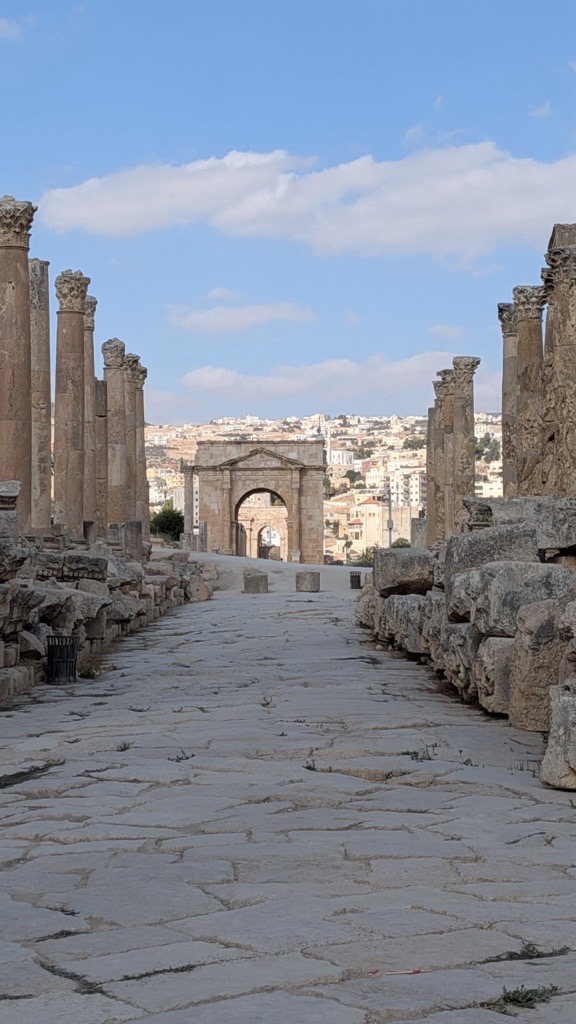
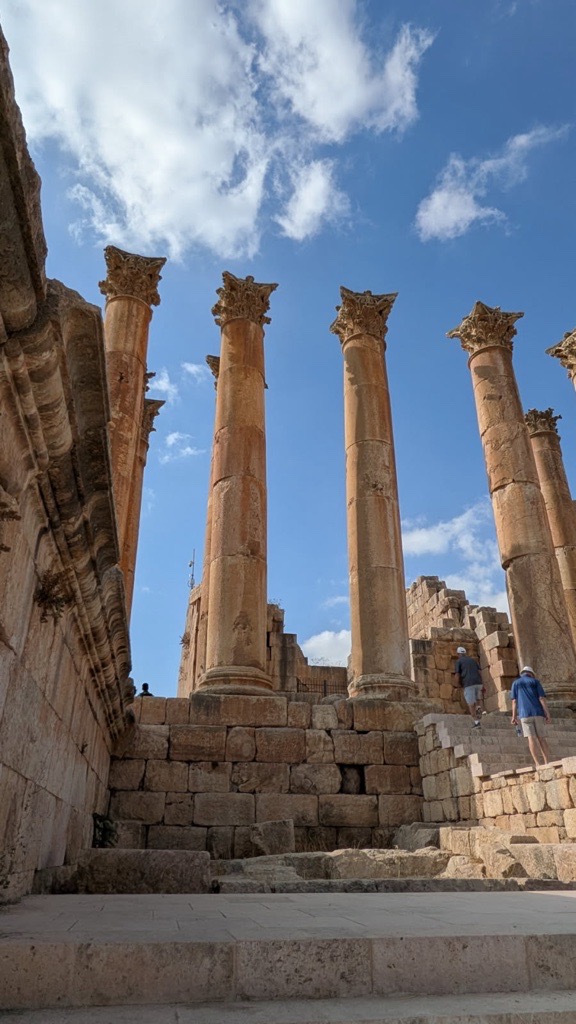
Still pretty magnificent!
